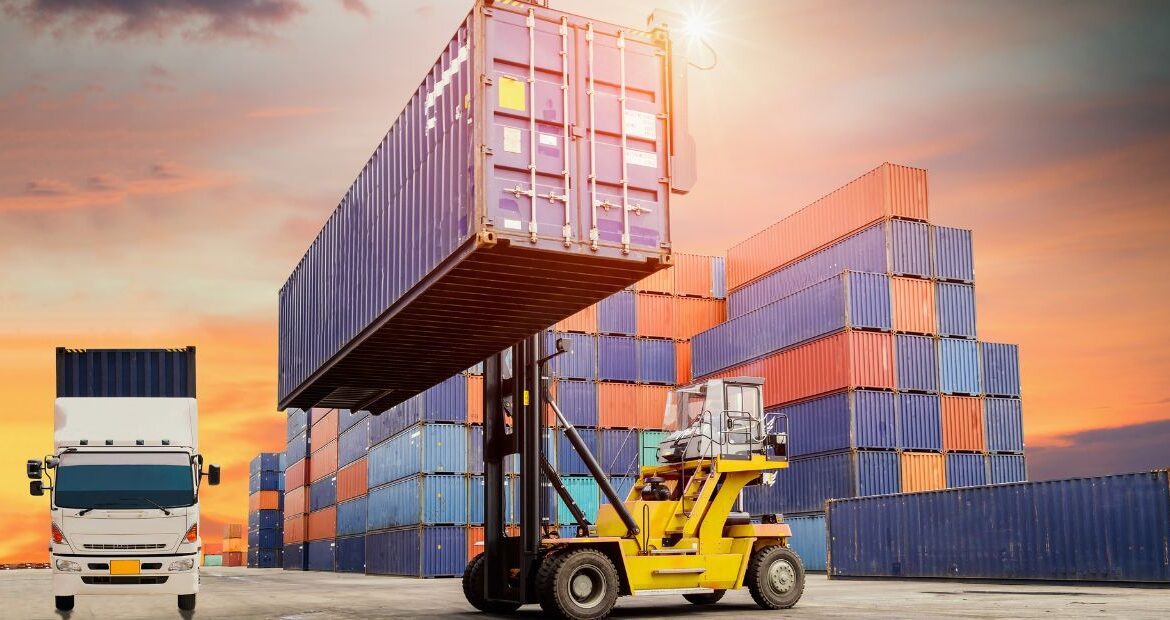
Sixty-one percent of shipping companies say that the last mile is the least efficient part of their supply chain. Because people are drawn to online shopping to get things they need. Last-mile delivery came about because of a rise in demand in the logistics industry. The international moving of goods from a storage facility to people’s homes is an important part of supply chain management. This part is called “it.” As the need for goods and services grows, they need to be delivered quickly, effectively, and cheaply to customers. Despite this, logistics companies may still face several problems.
Understanding Last Mile Delivery
The last mile can cost up to 53% of the total cost of delivery, making it often the most expensive and time-consuming part of the process. There are many details to consider, such as navigating through crowded cities, making sure deliveries happen on time, and meeting customers’ needs for freedom and ease of use. As online shopping and same-day delivery services become more popular, logistics companies are under more pressure to make their last-mile processes more efficient.
Key Problems In Last Mile Logistics
1. Traffic Congestion
Traffic jams are common in cities because there are so many cars on the roads and the infrastructure isn’t properly maintained. Due to the slower delivery speeds of the vehicles, more fuel is being used, delivery times are longer, and running costs are higher. Also, having to drive through crowded roads could cause packages to be late, customers to be unhappy, and the overall efficiency of delivery operations to drop.
To deal with this problem, businesses may buy cutting-edge route optimization tools. This use real-time traffic information to find the best routes. These technologies help drivers avoid traffic jams and cut down on idle time by combining information about past traffic trends.
2. Delivery Time Windows
When customers ask for specific arrival times, it can be hard for logistics companies to meet those needs. It’s becoming more and more important for customers to have accurate delivery times and exact scheduling to fit their busy lives. To deal with this problem, shipping companies are using dynamic routing systems, which change delivery routes right away based on what customers want and how busy the roads are. Also, the use of parcel pickup spots and delivery containers lets customers get their packages whenever it’s convenient for them. This cuts down on the need for multiple delivery attempts.
3. Cost
Deliveries within the final mile continue to be the most costly segment of the supply chain. The precise proportion varies between 40% and 50% of the overall shipping expenses. This phenomenon occurs due to the impossibility of handling items in large quantities; economies of scale are absent. Each and every one of the hundreds of packages that a business may deliver daily to a distinct address must be delivered.
The primary elements comprising last-mile delivery expenses are:
- Wages of delivery drivers
- Vehicle fuel delivery maintenance
Each of these expenses escalates in tandem with the duration and extent of travel.
Furthermore, they are elevated in cases where delivery operations are rendered inefficient. Illustrative instances include unfruitful deliveries that necessitate rescheduling, traffic congestion and idle time, or inadequate information resulting in extended stops. Any efficiency gain resulting from route optimization is, therefore, a significant benefit.
4. Limited Access To Remote Areas
Getting deliveries to remote or country areas that aren’t up to par causes problems with logistics. Locations that are hard to get to could cause deliveries to fail or be late. In order to ease this worry, businesses should set up regional distribution centers that are carefully placed close to rural areas.
Cutting down on the last mile of transport distance can help businesses run more efficiently and get packages to their destinations faster. Customers who live in remote areas can easily get their purchases by working together with community centers or local stores.
5. Parcel and Theft Security
Theft of packages during the last mile of delivery is becoming a bigger problem. Especially in neighborhoods where packages are left unattended on doorsteps. For example, logistics companies are looking into new ways to stop theft and improve security. These include using intelligent lockboxes, geofencing technology, and real-time package tracking. These technologies give customers better sight and control over their deliveries, which makes them happier overall.
6. Real-Time Visibility
Based on what the drivers said during pit stops or the list of activities that were done every day. Some examples are problems with communication, inefficiency, and not being able to react quickly to emergencies. To make matters worse, the uniformity of route optimization is broken. Given how competitive things are right now, these errors could quickly turn into big problems.
Customers today expect to be told where their items are at all times, especially during the last mile of delivery. They want full details, like where their transportation is right now, how long the trip is expected to take, and the exact time they will arrive (ETA).
7. Sustainability and Environmental Impact
Logistics companies all over the world need to know right away how last-mile shipping affects the environment, especially when it comes to carbon emissions and air pollution. Companies are buying delivery trucks that are better for the environment and run on hydrogen, electricity, or a combination of the two. Last-mile delivery operations are also better for the earth because they use eco-friendly packaging methods and combine multiple shipments into one.
8. Inefficient Route Planning
As was already said, last-mile delivery does not include driving huge trucks from distribution centers to bring goods. As an alternative, many separate things are sent to many different places, which are often spread out across a city. For this reason, planning transport routes becomes very important in the bigger picture of last-mile logistics. Everyday deliveries can be held up for hours or even miles because of bad routing. Thank goodness, route optimization tools like Routific make it a lot easier to automate the route planning process.
Conclusion
The importance of streamlined last-mile delivery cannot be stressed enough, especially with the growth of e-commerce and changing customer tastes. In addition to keeping costs down, navigating the complicated cityscapes, and meeting customers’ needs for fast and easy shipping, logistics companies face many other problems.
They can be solved with the help of new technologies and logistics solutions that have completely changed the last-mile service business. Using technologies like route optimization software, drone delivery, self-driving cars, and micro-fulfillment centers can help logistics companies improve customer happiness, cut costs, and speed up operations in the ever-changing field of logistics. We at Universal Relocations are using the latest technology to cope with these challenges so you can trust us blindly.

 800-13-7356
800-13-7356
